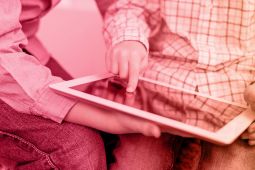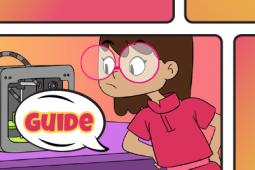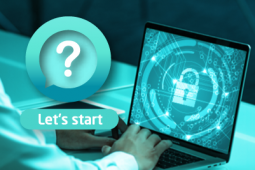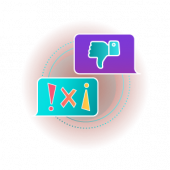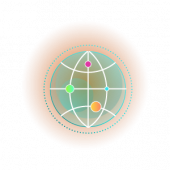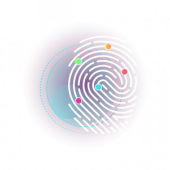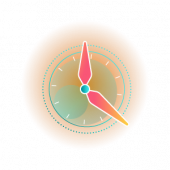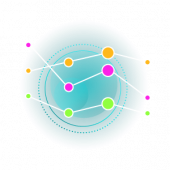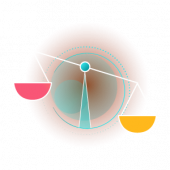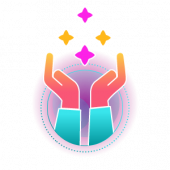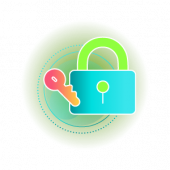How can I support my child’s digital competence through daily activities?
Digital Engagement during Times of Emergencies and Crises

Today, more than three billion people use social media, some of whom are victims of natural disasters, armed conflict, financial crisis, and other types of emergencies that call for community engagement, like the Covid19 Pandemic.
Without question, the tools designed by social media channels during this ongoing crisis and the response of users showed us the prominent role that community engagement played, on both physical and digital levels.
As, the past few years have witnessed an increasing role of social media and digital technologies in times of disasters, more and more people affected by a crisis are turning to online platforms to find and share vital information, as well to volunteer and offer various forms of support.
What used to be on TV is now online. Back in the days, we used to wait for reporters and journalists to disseminate the news. Today, social media and digital communications have democratized access to information and community assistance; thanks to social media, everyone is kept in the loop and able to assists anytime, anywhere. This information is crucial in guiding people to prepare for, respond to, and recover from different types of crises.
Online tools and platforms during times of crises and emergencies
During many times of crisis, social media was used as a platform for receiving and offering help. For example:
- After Haiti’s earthquake in 2010, social media was used to link healthcare providers in dire need of supplies to suppliers. During the Japan earthquake and tsunami in 2011, trapped victims were able to use social media services to call for help and communicate with responders.
- Facebook’s « Safety Check »: A few hours after the Paris attacks of November 13, Facebook set up the famous "Safety Check", allowing more than 5 million people to inform their families and friends that they were safe. The device initially planned for natural disasters and tested for the first time during the Nepal earthquakes in April 2015, has thus extended to "human disasters", allowing local as well as international actors involved in relief efforts, to publish lifesaving messages.
- Twitter, a crucial component of the humanitarian response: On Twitter, the attacks triggered a real phenomenon of collective solidarity via hashtags: #RechercheParis to find relatives, #PorteOuverte to offer accommodation to survivors. The same initiative was repeated during the Dubai New Year’s fire, where victims were able to find a place to sleep thanks to the hashtag #NeedAnAddress.'
Social Media is keeping users connected, informed, and supported
Social media channels are critical before, during, and after natural disasters, crises, and armed conflicts, helping save lives and reduce the impact of the crisis by disseminating early warning messages and safety tips, helping people reconnect with their loved ones, and connecting affected people with humanitarian service providers.
Their phenomenal expansion in recent years could only have an increasing impact, not only on the daily life of their hundreds of millions of users but also on strategy and crisis management.
Community engagement during the Covid19 Pandemic
Social media has taken over the Covid-19 crisis. Platforms and messaging apps helped maintain contact with family and friends, and provided a much needed access to information, such as where to find food, shelter, or medical assistance.
- Facebook: Facebook has expanded its ‘community help’ function into a fully-fledged Beyond the Covid-19 Information Centre, accessible directly from the top of your newsfeed or from the main menu. Beyond being a reliable news source, another stellar feature is the ability to ‘offer and request help’, making it easy to support those in need within the limits of what’s possible.
- Youtube: To encourage users to share their skills and hobbies with viewers from around the world while they’re confined to their homes, YouTube launched a campaign named #WithMe. It included live workouts, crafts, makeup tutorials, studying, cleaning, and cooking.
- Twitter: To control the sharing of misinformation by prioritizing content from reputable sources such as government departments and health organizations, Twitter introduced a new function: “Know The Facts” that is now implemented in 50 different countries across the globe, ensuring the spread of accurate information.
- Instagram: To give users access to accurate information in the era of fake news and misinformation, people who search for information related to the coronavirus or COVID-19 on Instagram got an educational message connecting them to resources from the World Health Organization and local health ministries. To help people support relief efforts, the platform made a Donation sticker available in additional countries and added a new COVID-19 section so people can quickly identify relevant nonprofits. A Stay Home sticker was also conceived to add a sense of solidarity to the stories.
While a large part of the population was locked down at home and isolated itself, social networks gave everyone quick access to the latest information and means to assist and engage, both virtually and physically.
Once a place for mere entertainment and virtual socializing, online communication platforms have become a lifeline for millions of people affected by natural disasters and armed conflicts. In the words of Facebook’s Mark Zuckerberg “When disasters happen, people need to know their loved ones are safe… It’s moments like this that being able to connect matters.”
@2x.png)

